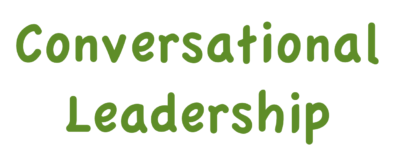
I continue to appreciate the work that many practitioners offer to help create a narrative for what many of us are up to in the work of circle-based change. The story shapes our attending, individually and collectively. The attending, collectively and individually, shapes the story.
My story of what many of us are up to has been very influenced over the last 20 years by Margaret Wheatley (organizations are living systems), and Christina Baldwin and Ann Linnea (circle as first and future culture). My story of what we are up to continues to be shaped by day to day interactions with colleagues. Some of these are brief moments, a long overdue phone call over tea. Some of these day to day interactions are with colleagues with whom I speak regularly.
No matter the narrative, and no matter the story, it will always be code for something more. The shadows in Plato’s Cave are only representations that give us something to work with.
This morning I read David Gurteen‘s definition of conversational leadership. I don’t know David personally. But I know more of myself through his words.
Conversational Leadership is about taking responsibility for the changes we wish to see in the world, recognizing the extraordinary and underutilized power of face-to-face conversation and adopting a conversational approach to the way in which we live and work with each other.
Beautiful, right. Why talk? To take responsibility. To connect with live-giving intelligence. To integrate work and life. Yup, that’s good.
“Why talk?” is foundational question — check out this post on “Four Pillars” that I use often.
I often position my work through The Art of Hosting as “conversational.” Yet, it is my experience over the last ten years in particular, that I cringe just a bit when I hear my own words. Why? Because when I look beyond the shadows in the cave, I keep seeing more layers, all good, and yet all incomplete. I would suggest that incompleteness, by the way, is not a failure, but rather, a disciplined way of living into the future.
For me, “Conversational” is code for “connectional.” There are, after all, many ways to connect. Words are a very important part of that. But so is silence. So is play. So is song. So is doing the dishes together. The leadership part of this for me is most often oriented to developing better ability to tend at the layer of the system. When my teen son wants to skip out of school and feigns a bit of sickness so that I’ll pick him up, there is more at play than just this moment. Trust, in the system that is he and me, is the long game.
“Connectional” is code for “resonance-based.” In the dimensional world that is time, space, and gravity, we are bound to many more mechanical images that masquerade over equally needed relationships with things less visible. It has become one of my most trusted operating principles, that there is always more unseen than seen, there is always more unknown that known. This orientation of layered representational symbols, is known through resonance with each other — that feeling of “this shit really works.”
I’m grateful for colleagues and practitioners who continue to clarify the story. Some stories loop around, coming to prominence for a time, then drifting to distant awareness for another time, then back to acute poignancy.
The circle-based work I continue to evolve with good colleagues continues.
- Join myself, Amanda Fenton, Chantilly Mers-Pickett this August on Whidbey Island, Washington.
- Or join myself, Amanda Fenton, Penny Hamilton this June in Brisbane, Australia.
This is the work of us as practitioners to influence the story and practice of our times.
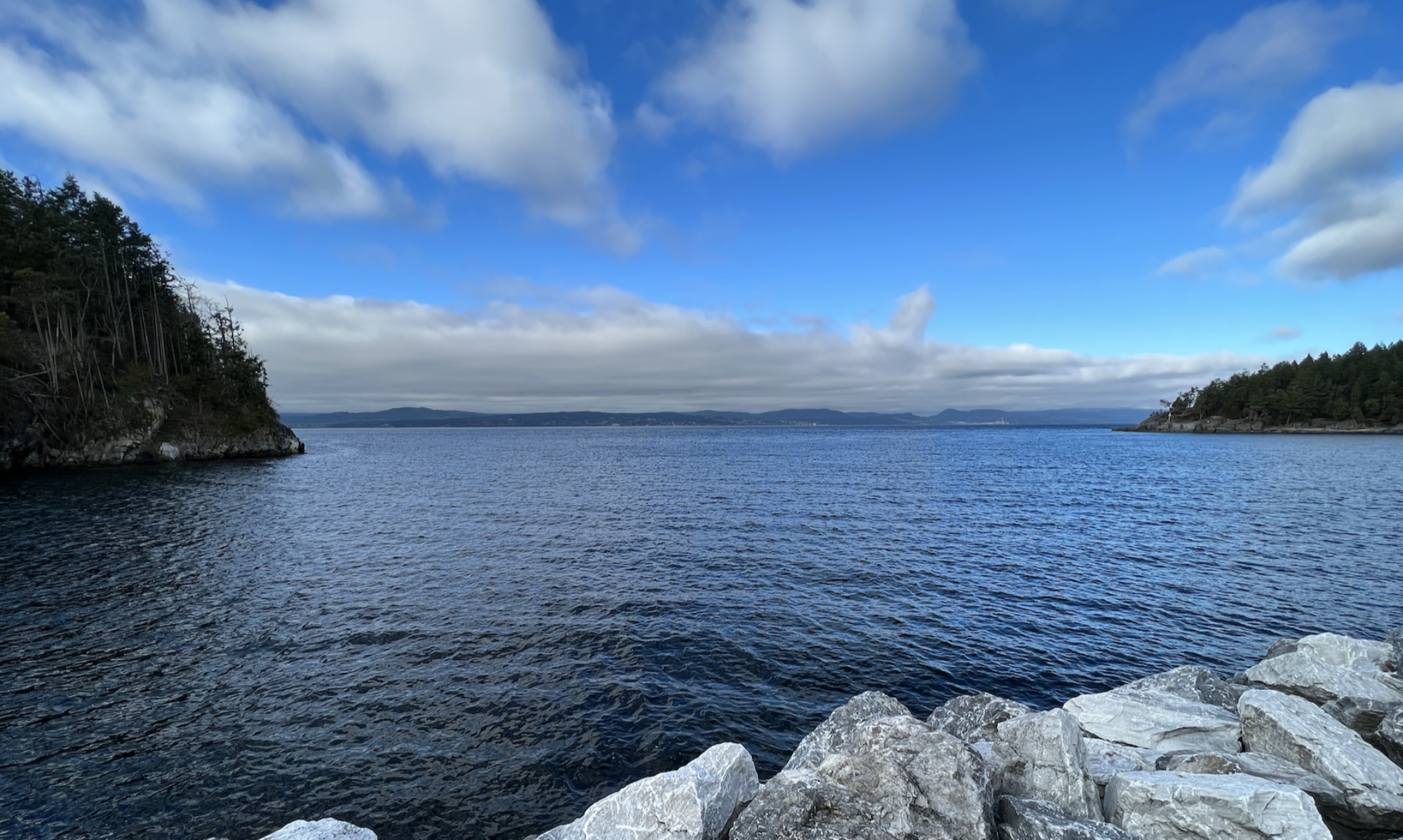
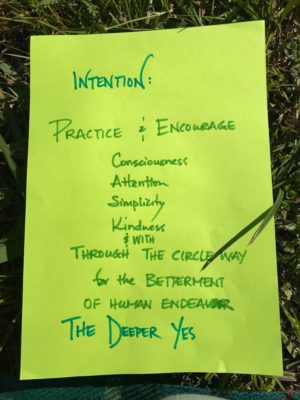
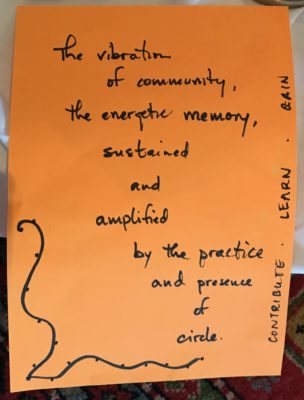
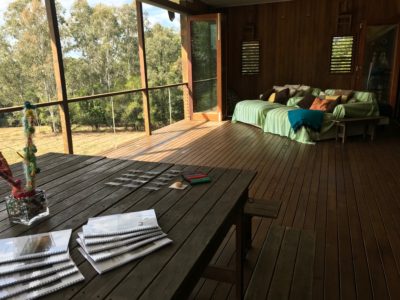
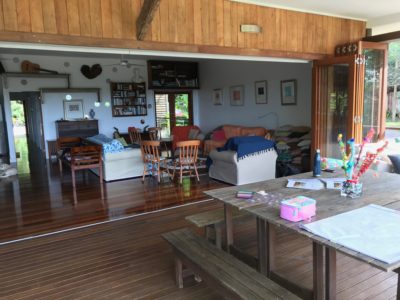
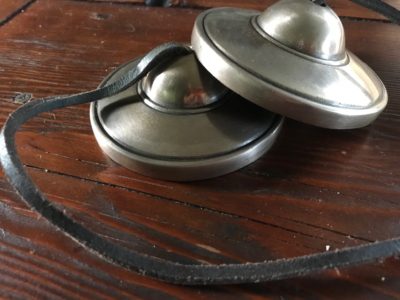
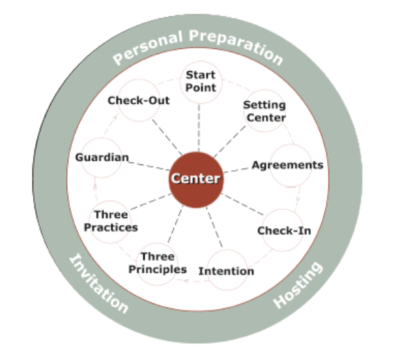 The question was asked in a playful way — like inviting response to what was your favorite vacation ever? My response to such questions is usually a delighted smile, to be asked. And it usually has some, “well, in this moment of reflection, here is one of my favorites….”
The question was asked in a playful way — like inviting response to what was your favorite vacation ever? My response to such questions is usually a delighted smile, to be asked. And it usually has some, “well, in this moment of reflection, here is one of my favorites….”

